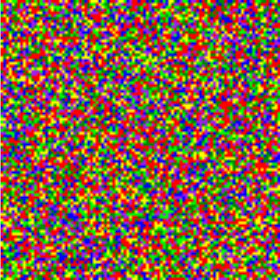require(maps)
library(mapproj)
worldmap <- map('world', plot = FALSE, fill = FALSE, projection = "azequalarea")
country = worldmap$names
set.seed(1234)
var.2010 = rnorm (length (country), 20, 10)
var.2011 = var.2010*1.1 + rnorm (length (country), 0, 1)
var.2012 = var.2011*0.98 + rnorm (length (country), 0, 4)
var.2013 = var.2011*0.98 + rnorm (length (country), 0, 30)
worldt <- data.frame (country, var.2010, var.2011, var.2012, var.2013)
mapplot(country ~ var.2011, worldt, map = map("world", plot = FALSE, fill = TRUE))
mapplot(country ~ var.2010 + var.2011 + var.2012 + var.2013, data = worldt, map = map("world", plot = FALSE, fill = TRUE))
# trellis plot for country maps not available in maps package:
require(maptools)
# get the map; may need sometime to be loaded
con <- url("http://gadm.org/data/rda/NPL_adm3.RData")
print(load(con))
close(con)
# from your data file working directory
## load ("NPL_adm3.RData")
# data
districts = gadm$NAME_3
set.seed(1234)
var1 <- rnorm (length (districts), 100, 30)
var2 <- rnorm (length (districts), 100, 30)
myd <- data.frame (districts, var1, var2)
# US county level map
uscountymap <- map('county', plot = FALSE, fill = FALSE, projection = "azequalarea")
county = uscountymap$names
set.seed(1234)
var.2010 = rnorm (length (county), 50, 10)
var.2011 = var.2010*1.1 + rnorm (length (county), 0, 5)
var.2012 = var.2011*0.98 + rnorm (length (county), 0, 10)
var.2013 = var.2011*1.2 + rnorm (length (county), 0, 15)
uscounty <- data.frame (county, var.2010, var.2011, var.2012, var.2013)
mapplot(county ~ var.2010 + var.2011 + var.2012 + var.2013, data = uscounty, map = map("county", plot = FALSE, fill = TRUE))
# US state level map
usstmap <- map('state', plot = FALSE, fill = FALSE, projection = "azequalarea")
state = usstmap$names
set.seed(1234)
var.2010 = rnorm (length (state), 50, 10)
var.2011 = var.2010*1.1 + rnorm (length (state), 0, 5)
var.2012 = var.2011*0.98 + rnorm (length (state), 0, 10)
var.2013 = var.2011*1.2 + rnorm (length (state), 0, 15)
usst <- data.frame (county, var.2010, var.2011, var.2012, var.2013)
mapplot(state ~ var.2010 + var.2011 + var.2012 + var.2013, data = usst, map = map("state", plot = FALSE, fill = TRUE), colramp = colorRampPalette(c("green", "purple")))













































